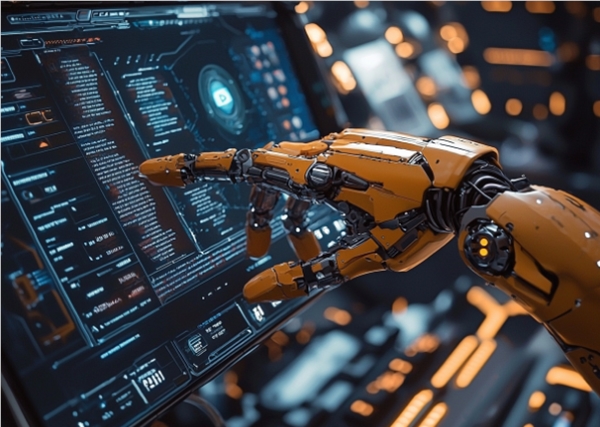Dutch scientists have recently unveiled the country's first laboratory dedicated to studying how autonomous micro-drones can mimic insects to perform various tasks, from detecting gas leaks in factories to conducting search and rescue operations.
This facility, known as the "Swarm Lab," is located at Delft University of Technology (TU Delft). The researchers' goal is to get a swarm of 100 small "autonomous flying" drones airborne to perform round-the-clock missions. This means the drones can land on charging pods by themselves, take off again, and continue flying without human intervention.

Image source note: The image was generated by AI, provided by image authorization service provider Midjourney
Guido de Croon, a lead researcher at TU Delft's Swarm Lab, said: "We aim not only to make these robots aware of each other but also to collaborate on complex tasks." For instance, micro-drones weighing as much as a golf ball or an egg can "sniff out" gas leaks in factories.
A swarm of autonomous drones equipped with gas detection sensors can fly autonomously in a factory until one detects a trace of gas. It will then follow the gas's "scent" while using its onboard sensors to "summon" other drones to assist in the search. De Croon said: "Similarly, drone swarms could be used to detect forest fires or continuously assist in search and rescue operations over large areas."
Scientists are studying the swarm behaviors of bees and ants, or the activities of bird flocks, to program their drone swarms to mimic these behaviors. De Croon explained: "The concept of drone swarm technology is that when we observe nature, we see animals like ants, which might not be smart individually, but together they can achieve things that individuals cannot. We want to inject the same capabilities into our robots."
However, scientists also acknowledge some challenges. De Croon noted during a technical demonstration at the Swarm Lab: "Swarming is a complex system. While individual robots in a swarm can perform simple tasks, predicting the behavior of the entire swarm using these simple rules is actually quite difficult." The small size of the robots also limits the application of technologies such as sensors and onboard computing power in micro-drones.
Currently, the drones in the Swarm Lab still rely on externally mounted cameras to transmit their position information within the swarm to the flying drones. However, researchers have developed technology that allows robots to perceive each other without external assistance.
Key Points:
😃 Netherlands establishes its first lab for studying autonomous micro-drones.
😜 Drone swarms can mimic insects to complete various complex tasks.
😕 Research faces challenges such as predicting swarm behaviors, with technology still evolving.









